Cucumber Hector F1 - description, agricultural technology and reviews of the variety
Summer is the time when you want to collect a maximum of vegetables and fruits from your personal plot. So every gardener tries to plant cucumbers, tomatoes, eggplants, and even peppers.
Among the cucumbers, many prefer the early ripening representative of the Hector F1 variety. This hybrid is ideal for outdoor cultivation in home gardens. But before you start growing a crop, you should find out the nuances of the variety and preparation for planting.
Content
- Description of the cucumber variety
- Advantages and disadvantages
- Site and soil preparation
- Seed preparation
- Terms and rules for planting seeds
- Care Tips
- Diseases
- Pests
- Reviews of gardeners about the variety
Description of the cucumber variety
It is not worth pinching the Hector F1 variety to increase the shrub due to the lateral branches, the plant has an end point of growth. Due to this, the height of the bush does not exceed 80 cm. Usually the bush is female.
The foliage of the plant is medium-sized and dark green in color. The formation of ovaries occurs after the appearance of the fourth or fifth nodule. The variety belongs to early ripening, while all cucumbers reach their readiness almost simultaneously. The time that passes from the moment the seedling is planted in the ground and until the first fruiting reaches an average of 30 days.
The length of the formed zelents does not exceed 10-12 cm. The surface of each fruit has a white-thorn structure, large-lumpy format. They resemble an elongated cylinder in shape. The average weight of each fruit is up to 100 grams. when biting a raw fruit, the pulp is fixed as crispy, juicy, the top rind is thin, without bitterness, while it has a pronounced cucumber aroma.
The main distinguishing feature of the shrub is that it has a compact size, thanks to which the plant is planted in an area with a smaller gap than other varieties.
Cucumbers can be planted both for personal consumption and for sale. This is due to the fact that the fruits have an attractive presentation. They do not deteriorate for a long period, show good keeping quality, and also tend to be transported over long distances. Under favorable conditions, the gardener can remove about 4 kg from one shrub. fruits. In addition, cucumbers lend themselves well to rolling for the winter.
Advantages and disadvantages
In order to accurately determine the choice of planting material in your own personal plot, you should familiarize yourself with both the advantages and disadvantages. The following advantages of the Hector F1 variety are distinguished:
- Increased productivity from a compact shrub - up to 4-6 kg per 1 m2.
- Disease susceptibility: cucumber mosaic virus, olive spot, powdery mildew.
- A quick opportunity to sing: the first fruits can be removed within 30 days from planting seedlings in the ground. But it should be remembered that the variety of cucumbers usually gives up most of the harvest during the first 3 weeks after the start of the moment of active fruiting.
- The variety is not susceptible to short frosts, so many gardeners try to plant it in the first spring days, when the return spring frosts have not yet passed.
- The bush is quite compact - thanks to this, gardeners place up to 6 seedlings per 1 m2 on their site.
- High quality cucumbers - they have not only a wonderful appearance, but also useful properties. They contain a number of useful and nutritious substances in their list.
Among the shortcomings of culture, only a few remarks stand out. First of all, the disadvantage is that the planting material of the hybrid Hector F1 variety cannot be collected, the seeds should only be bought. In this case, it is better to make a purchase in a specialized store. This is due to the fact that the seeds obtained when collecting from a fruiting bush do not meet the established qualities of the variety.
The next disadvantage is the thickening of the outer rind. Such an unpleasant moment can occur if the gardener overexposes the ripe fruit on the bush and does not remove it in time. The finished fruit does not outgrow under such conditions, but its peel becomes significantly denser, which negatively affects not only the appearance of the cucumber, but also its taste.
Site and soil preparation
Cucumbers Hector F1 do not differ in planting technology and cultivation from other varieties of green vegetables. Therefore, first of all, it is recommended to observe the following basic rules:
- To clearly maintain the distance between seedlings - place them no more than 6 pieces per 1 m2.
- Crop rotation is important. This type of hydride cannot be grown on the territory where pumpkin crops grew during the previous growing season.
- It is recommended to always carefully monitor how the seed is planted.
Before planting, it is recommended to prepare the place where the plants will be located and control the quality of the soil. If necessary, the soil substrate should be fed.
So in the selected area all the garbage is neutralized: weeds are pulled out with the root system, stones, branches and roots from other plants are eliminated. It is definitely recommended to feed the soil with peat, sawdust and humus.
All nutrients should not just be poured from above, but well dug up along with the soil.
All these manipulations should be done 2-3 weeks before sowing seeds or planting seedlings. This is due to the fact that the soil takes time to be saturated with substances.
Seed preparation
Most often, manufacturers of seed material on the package prescribe about the processing passed by the seeds. If no such indication is found, then it is better to carry out this procedure yourself. This is required in order not to endanger the plant in the future and worry about a possible infection with pathogenic bacteria.
The seeds have a light cream shade as standard. If the purchased planting material is replete with different colors: green, orange or turquoise, this indicates that the seedlings have been processed and have a set of nutrients in the shell that stimulate their rapid growth and successful development.
Before landing, a special procedure should be followed:
- Calibration is a manual procedure. It implies sorting the seed into deformed, hollow seeds, as well as separation by size. Many gardeners find that larger seedlings will sprout faster and better than smaller seeds.
- Quality check - after the performed procedure, the selected seeds should be placed in salted water and mixed thoroughly. If the seeds are healthy, they tend to sink to the bottom of the container, and pest-infested or unsuitable seedlings will float up. The latter are removed from the container and discarded. The rest are washed under running water and dried on a napkin.
- Disinfection - seedlings are warmed up in a container at 60 C, preferably within 3 hours.After that, it is required to place the soaked seedlings in a 1% solution of Potassium Permanganate and keep in it for half an hour. Then it should be rinsed and dried.
- Soaking the planting material in nutrients for better germination of the root system, and then re-disinfection in an infusion of wood ash. Seeds are placed in a diluted solution of 2 tbsp. crushed ash for 30 minutes. After that, it is required to dry the planting material.
- Stratification - for the seedlings to be powerful and strong, and most importantly, not susceptible to pathogenic microorganisms, hardening should be carried out. For this, the seeds are laid out on a platter and placed in the refrigerator. It is necessary that the temperature does not exceed the permissible 0 .. + 2 C. Initially, it is recommended to place them in the coldest place, closer to the freezer, and then put them on the lowest shelf for vegetables.
After completing all the procedures, the planting material should immediately be buried in the ground. This is the only way to achieve high-quality seedlings, hardened and treated against various diseases.
Terms and rules for planting seeds
Seeds can be planted both to obtain Hector F1 cucumber seedlings, and directly into open ground. Carry out the procedure in any case until the air degrees have risen to +20 C. Most often, such a moment is issued from the second decade until the end of May.
The soil is selected light and fertile, which can easily absorb nutrient moisture and nutrient oxygen necessary for the normal development of the root system. Soil acidity should be neutral. This is due to the fact that cucumbers cannot grow on heavy soil with an increased acidity of the pH environment.
In addition, it is recommended to control the groundwater level - it is considered optimal when the moisture is at a depth of no more than 1.5-2 m.
If the site has been prepared before, then the next stage is the planting of seedlings or seedlings that have been processed. Otherwise, dry sawdust and humus should be added to the soil. It is also imperative to introduce fertilizers: wood ash, urea, superphosphate and potassium dressing. Everything is thoroughly mixed and evenly distributed over the surface of the site.
You can learn more about how to properly plant cucumber seeds in the ground from the video:
When planting seeds directly into open ground, follow the recommendations:
- The seeds are laid out horizontally, while it is necessary to ensure that the sharp end is directed upwards.
- With your fingers, you need to gently deepen the seed by 1.5-2 cm, slightly pressing on it.
- Press down the soil from above.
- Pour the soil from a spray bottle and cover with foil on top to create a microclimate for the fastest germination.
When the first shoots appear, you should gradually accustom the seedlings to the open air, periodically opening the film, first for a couple of minutes, then for a longer period. Subsequently, they can be fully opened when warm spring nights come, the air temperature will not drop below + 15 C.
Care Tips
To get a good harvest of cucumbers, you need to know the main points of care:
| Action | Recommendations |
| Watering | At the onset of the fruiting period, nutrient moisture is extremely important for cucumbers. Watering should be regular and large. The best option for introducing nutrient moisture is drip irrigation or standardized water input, regularly and on time. |
| Top dressing | Such preparations are used that do not contain nitrate nitrogen. It is recommended to use substances that contain a larger list of nutritional ingredients. Mineral dressings should be alternated with organic ones. |
| Weeding | It is necessary to periodically loosen, remove germinated weeds, eliminate possible debris located next to the root system (yellow foliage, whips).Thinning of plantings is recommended. |
In addition, many gardeners recommend using organic mulch when growing Hector F1 cucumbers. This is required not only because of the protection of the plant from the rapid evaporation of moisture from the soil and protection from parasitic individuals, but also as an additional source of nutrition with useful substances.
Diseases
Although cucumbers of the Hector F1 variety are not susceptible to diseases of various kinds, with improper care they tend to become infected with any disease that is inherent in the cucumber culture. The most common diseases, their signs and methods of treatment are highlighted in the table.
| Disease | Signs | Treatment |
| Ascochitosis | It affects both seedlings and plants in the adult period, both when grown in greenhouse conditions and in the open field. Grayish-light spots are formed along the perimeter of the foliage, which gradually affect the entire surface of the leaf plate. Black dots are visible on them - the bodies of the fungus. Light brown spots on stems, root collar and young shoots. | It is recommended not to allow jumps in temperature, watering is carried out only with warm water. Plant seedlings only from trusted producers. Handle plantings bordeaux liquid (1%), copper sulfate and urea. |
| Bacteriosis | Occurs in any part of the plant. Oil stains with a brown tint are formed. They gradually grow in number. In dry climates, the spots on top become crusty and fall off the bush. | For greenhouse cultivation, the room should be ventilated. Seeds should be disinfected with Phytolavin-300 before planting. |
| Cladosporium | In most cases, young shoots get sick. They are bent, small spots of dark shades are formed on them. As they dry out, scabs and ulcers form. | The bushes should be irrigated with Bordeaux liquid (1% solution), and the seedlings should be treated with a solution of copper oxychloride (0.3-0.4%). |
| Mosaic | The foliage acquires a wrinkled structure. A crack is observed along the entire length of the stem. The number of female inflorescences and fruits is sharply reduced. Fruits get spots and die before ripening. | Seeds should be disinfected before planting, all items used when planting cucumbers should be disinfected. Seed treatment with trisodium phosphate (15%) or potassium permanganate. Control the spread of aphids on bushes. |
| Powdery mildew | A white bloom appears on the deciduous plates below. Over time, whitish spots of a round format form on the upper part, which begin to acquire a dark tone. The foliage takes on a wavy appearance and dries completely. | It is recommended to disinfect seeds, spray shrubs with a solution of soda with the introduction of laundry soap. The chemical preparations Baktofit and Pseudobacterin-2, Topaz, Cumulus, Novosil also affect. |
In order to prevent infection of the cucumber crop with pathogenic bacteria, it is worth constantly monitoring the plants. When the first signs of the disease appear, it is necessary to take action immediately, and not wait for further developments.
Pests
In addition to diseases, harmful insects can settle on Hector F1 cucumbers. Some species quietly settle on shrubs and conduct their activities covertly, completely oppressing the plant. Allocate the most common pests presented in the table.
| Pest | Symptoms | Struggle |
| Nematode | A parasitic worm of miniature size that damages the root system. Growth inhibition occurs, the leaf turns yellow and wilts, and when the plant is removed from the soil, thickenings will be noticeable on the root system. | Spraying with chemicals: Dimethoate, Rogor, BI-58, Metarizin, Pecilomycin. |
| Aphid | Inflorescences fall off, leaf plates lose strength and elasticity, leaves dry up, settlements of small green insects appear on the back of the leaf. | Insecticides are used: Commander, Iskra, Karbofos, Bicol, Fitoverm, Biotlin. Soap-ash infusion also helps. |
| Whitefly | A midge with a milky body, feeds on the juice of the leaves. Whitish dots are formed on the sheet. | The drugs are used: Actellik, Fitoverm, Confidor, Verticillin, Aktara. |
If any signs of the presence of harmful insects are detected, therapeutic actions should be urgently started. Only timely spraying against pests can save the shrub.
Video on how to properly care for cucumbers outdoors:
Reviews of gardeners about the variety
The Hector F1 variety of cucumbers is popular among gardeners. Almost all reviews about the plant are positive.
Viktor Grigorievich, 58 years old, Perm: “I have been growing cucumbers for a long time. I have tried different varieties, but most of all I like Hector F1. The downside, of course, is the inability to get seeds on your own, but the harvest from several bushes pays for any costs of growing. "
Margarita Semyonovna, 46 years old, Krasnodar: “My friend advised me the Hector F1 cucumbers, she praised the harvest very much both in appearance and in taste. I decided to try it and planted it on seedlings. The first harvest made me happy. All fruits are even and neat as for selection. The main thing is that they all ripen together and in large volumes. "
Evgeny Sergeevich, 49 years old, Pyatigorsk: “I saw an article about cucumbers in a magazine and decided to try it. Planted, received the first harvest on the 28th day after planting seedlings in open ground. For all the time of cultivation, I have not encountered the problem of infection with diseases and pests. Due to the large harvest, it was necessary to transport part of the family for 100 km. the cucumbers withstood the transportation perfectly. I'm happy with the variety. "
Thus, cucumbers of the Hector F1 variety are distinguished by their compactness, external data and good transportability. The most important thing for growing a crop is to know how to plant seeds correctly so as not to disrupt their growth quality and how to care for adult plants.





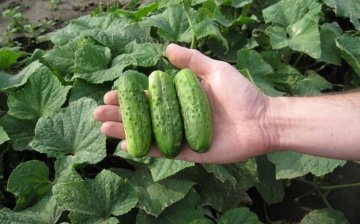
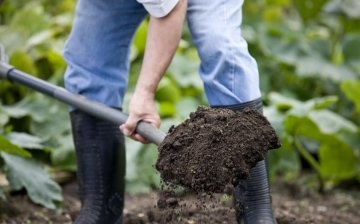
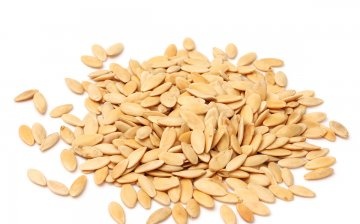
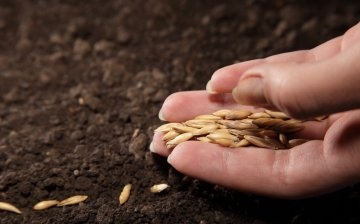
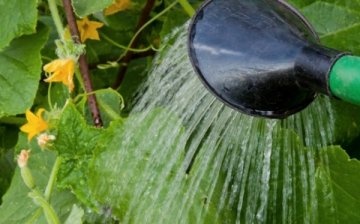

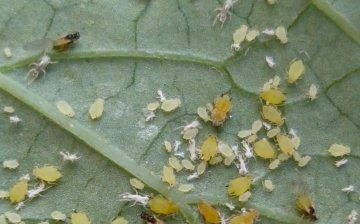









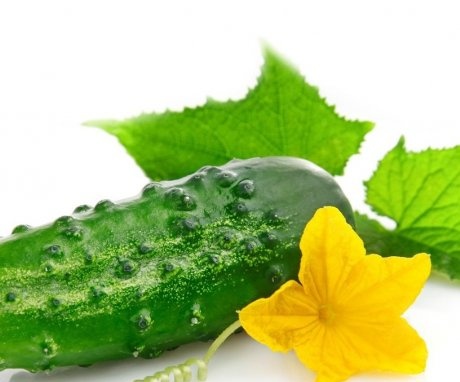
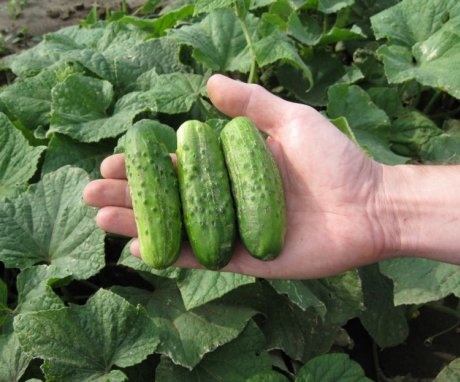
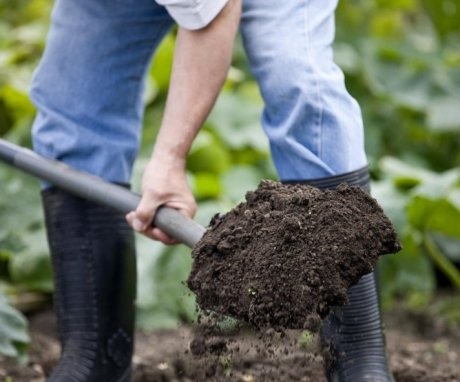
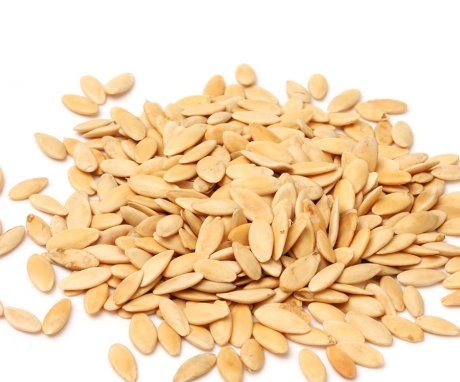
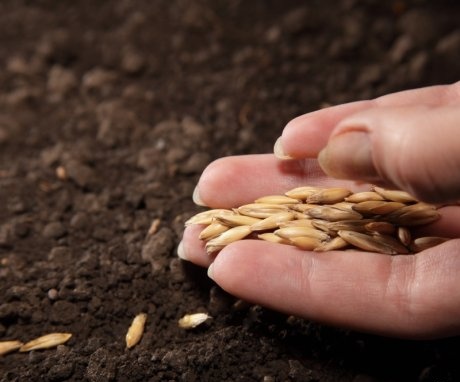
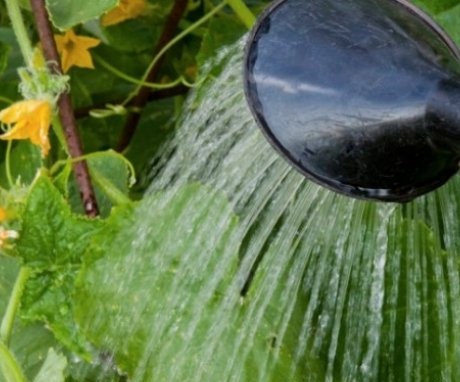
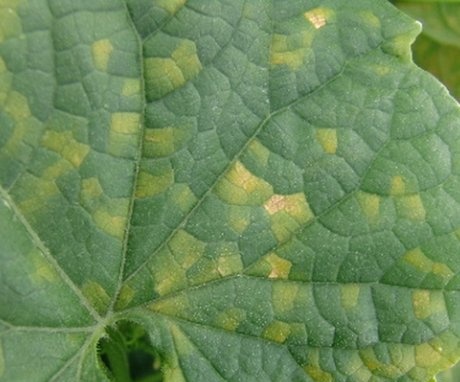
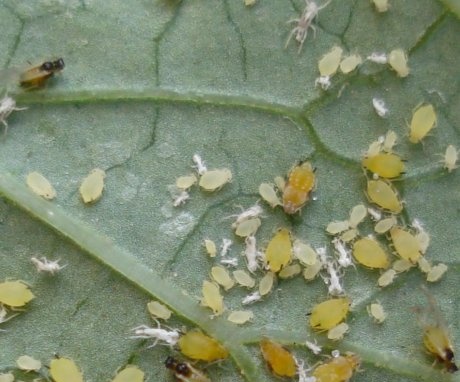
At one of our summer cottages, we just planted this type of cucumber, it is very compact and prolific, there were no problems with its cultivation. The harvest is really delicious.